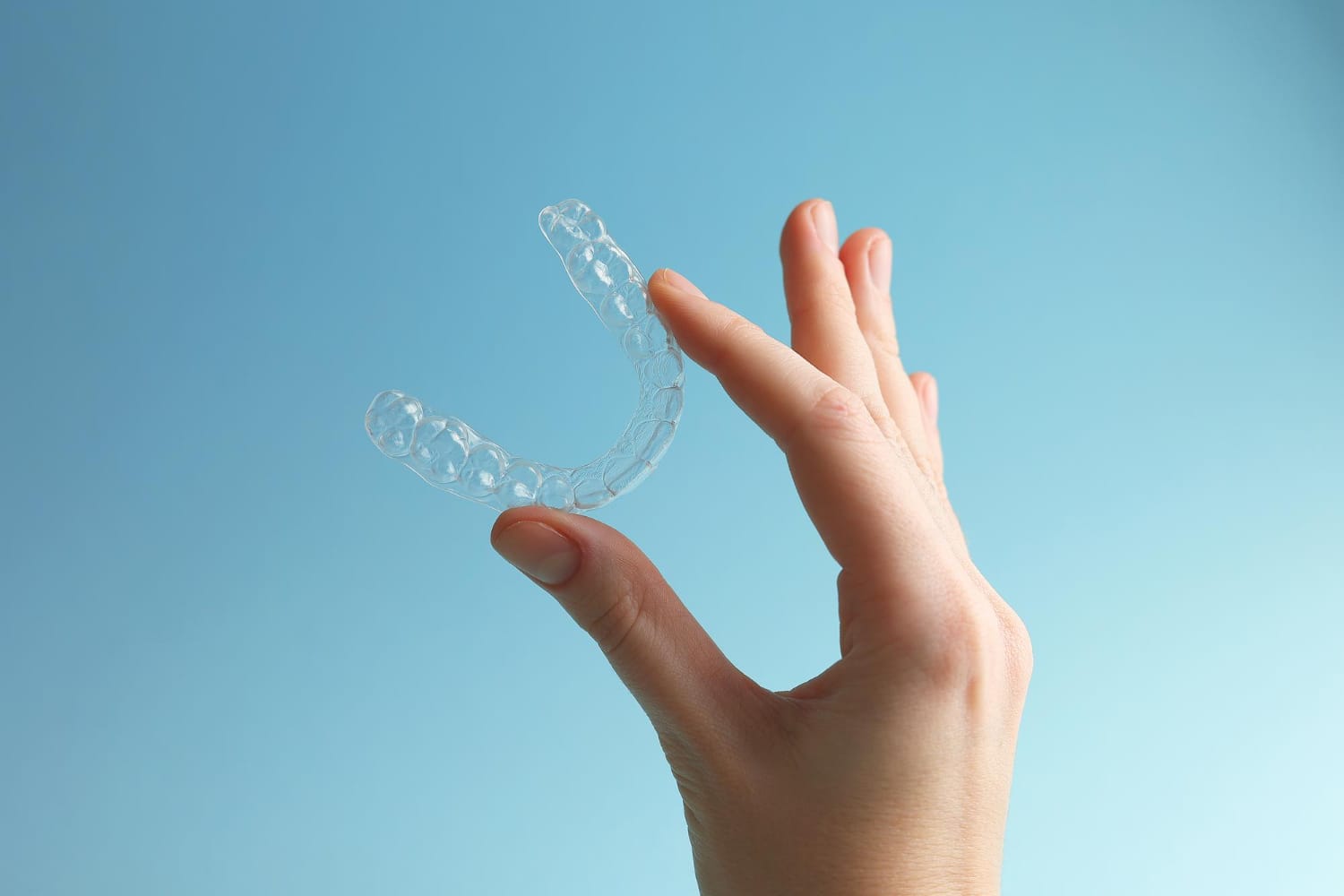Understanding Your Retainer Options
Getting your braces off is a huge milestone—but the journey doesn’t end there. To keep that new smile in tip-top shape, dental retainers step in as the real MVPs of long-term orthodontic care. With several options out there, it’s easy to feel overwhelmed. So let’s break it down in plain, no-fluff terms to help you figure out which retainer might suit your lifestyle best.
Retainers do one job and they do it well—they help your teeth stay where they’re meant to be. Once your braces or Invisalign have done the heavy lifting, retainers pick up the baton to maintain your smile’s alignment. Skipping your retainer routine could mean relapsing into crooked territory—and nobody wants to backtrack after months (or years) of effort.
Fixed vs. Removable: What’s the Difference?
Retainers come in two major types: fixed and removable. Think of fixed retainers as the set-it-and-forget-it option. They’re small wires bonded behind your front teeth and do their job quietly 24/7. The bonus? You don’t have to remember to wear them. The tradeoff? Cleaning around them can take a bit more attention.
Removable retainers are, well, just what they sound like. You take them in and out yourself, usually worn full-time right after treatment and then just at night as things stabilize. They’re easier to clean and allow for normal brushing and flossing, but only if you actually wear them.
The Three Most Popular Retainers
Here’s a quick breakdown of the top types:
Hawley Retainers
Made from a combo of metal wires and a sturdy acrylic base, these are the OG of retainers. They’re durable, adjustable, and come in custom colors or patterns.Clear Plastic Retainers (Essix)
These look like Invisalign trays—super low-profile and nearly invisible. They’re a favorite for people who want their retainer to stay under the radar, but they can be a bit more fragile.Fixed Retainers (Permanent)
These consist of a thin wire cemented behind your teeth. Great for folks who don’t want to fuss with removing retainers daily, but they do require more careful cleaning.
Which One’s Best for You?
That depends on your lifestyle, how disciplined you are with routines, and your orthodontist’s recommendation. If you travel a lot or tend to misplace things, a fixed option might be your best bet. Prefer something invisible and easy to clean? A clear retainer might check your boxes. Want something you can personalize? Hawleys win on style points.
And here’s the kicker: every retainer has pros and cons. What really matters is consistency. Wearing your retainer as instructed is the single most effective way to avoid relapse and keep your smile looking fresh.
Conclusion
Choosing the right dental retainer isn’t just about comfort—it’s about protecting your investment. Whether you opt for a fixed or removable type, sticking with your retainer plan helps lock in the results you’ve worked hard for. To get more tailored advice or learn about retainer care, check out these helpful resources on our site:

